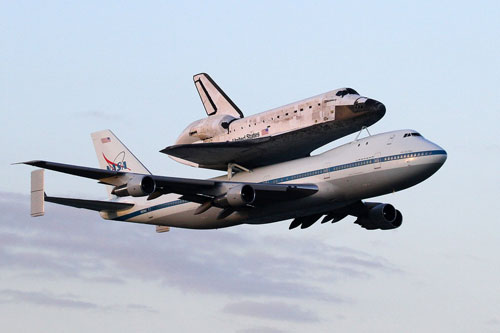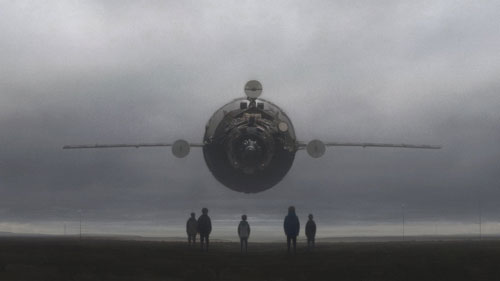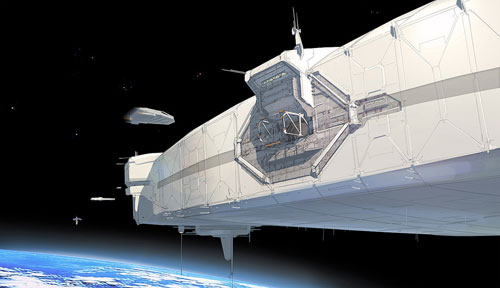
Having a permanent space station in orbit is all well and fine, but the bigger challenge is how to get people and materials on and off it. Both the US and the Soviet Union, later Russia, have developed shuttles that could not only get there, but survive re-entry into Earth’s atmosphere, and make another flight.
I remember well the excitement around the launch of the first US Space Shuttle, Columbia, when I was a teenager living in Brazil, and devouring every popular science book on astronomy and physics in the school library – as well as a goodly amount of Science Fiction, of course, and the odd TV show featuring people zipping around space in the Far Future. Here it was, not a movie, but really real!
The US Shuttle program has been overshadowed by not one, but two catastrophic malfunctions costing the lives of two entire crews. Who does not remember the ill-fated launch of Space Shuttle Challenger in January 1986 – an ill-fated year technologically all around: only a few months later a radioactive reactor would blow up in Chernobyl.
Then in February 2003, the first shuttle, Columbia, broke up on re-entry into the atmosphere (an event I must have missed as I was at the time busy preparing my own liftoff to New Zealand).
The US Space Shuttle program was eventually terminated, leaving it up to the Russian Soyuz shuttles to supply transport to and from the International Space station. Soyuz also killed two of its crews – the very first one, a crew of one, in April 1967 due to a parachute failure. The only other fatal accident happened back in 1971, when a cabin depressurized. The craft got down in one piece, but all three astronauts were dead from asphyxiation.
Since then, Soyuz has been accident free (or at least, fatal accident free), which would seem to make it a better choice than the US space shuttle, to continue the supply service for the International Space Station.











All images are copyright the respective artists, and may not be reproduced without permission.










